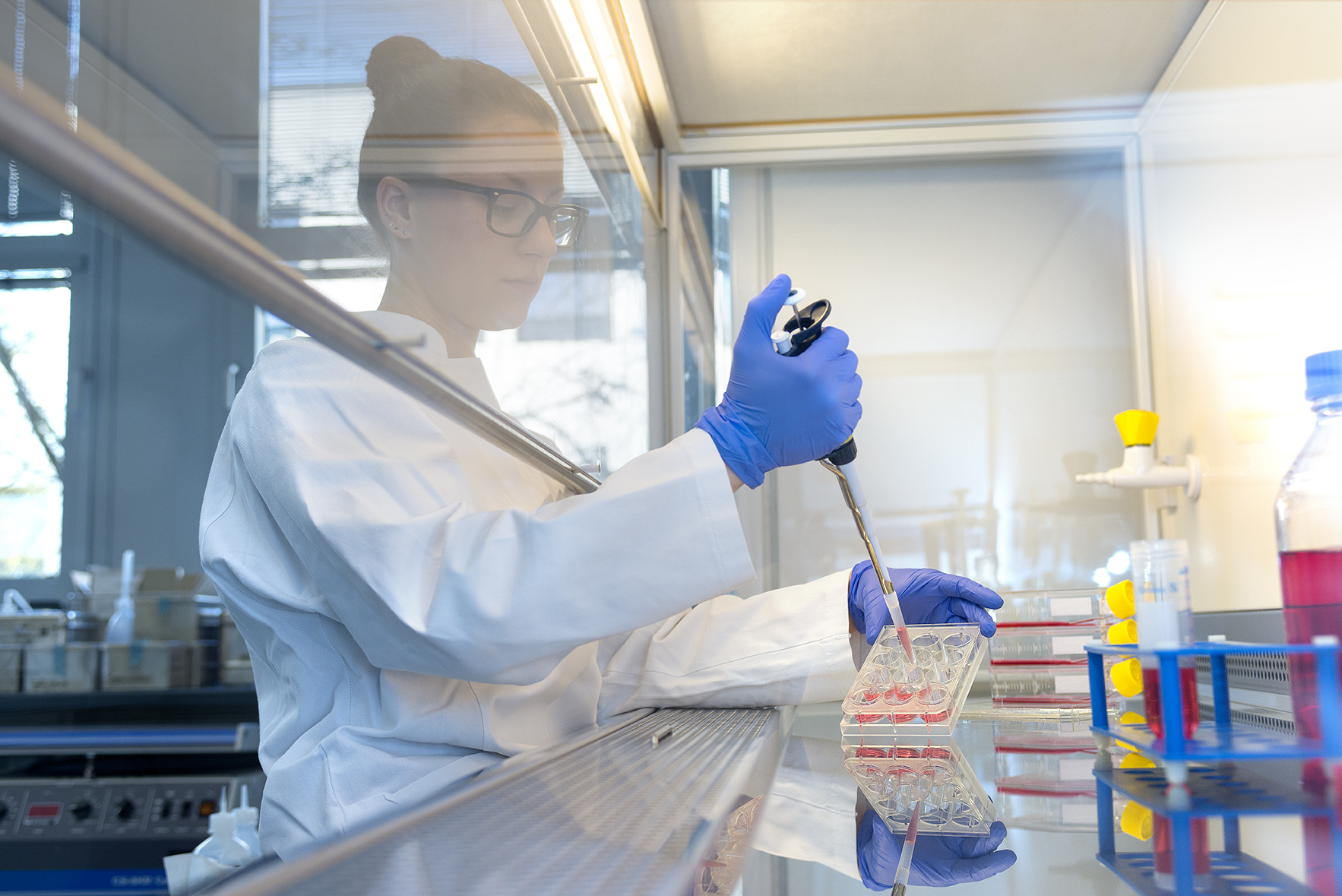
Innovative therapeutics such as biologics that modulate the immune system are becoming increasingly important. However, their immunomodulatory properties can also cause unwanted effects on the immune system. Due to the high specificity and complexity of these therapeutics, there is a risk that such side effects remain undetected during non-clinical development - especially when animal-based test systems are used. Side effects may only become apparent in clinical trials, ultimately leading to the termination of these trials and the discontinuation of promising drug candidates.
To identify potential adverse effects on the human immune system at an early stage, new approaches, test methods and technologies are needed. The EU-funded research project “Immune Safety Avatar” (imSAVAR), supported by the Innovative Medicines Initiative (IMI), aims to develop a systematic and comprehensive framework for the non-clinical safety assessment of biopharmaceuticals and advanced therapy medicinal products (ATMPs). The focus is on the molecular mechanisms that lead to adverse effects.
Researchers in the imSAVAR project have applied the concept of the Adverse Outcome Pathway (AOP), which has already been successfully used in chemical risk assessment. An AOP describes a logical sequence of causally linked key events at various biological levels (molecular, cellular, tissue, and organ levels) that lead to an adverse effect following exposure to a stressor. AOPs aim to consolidate existing knowledge on biologically plausible and empirically supported mechanisms to derive toxicological predictions from mechanistic data. They provide a scientific foundation for integrating new test methods by linking insights into biological mechanisms with targeted test systems. The key events of an AOP must be essential for the occurrence of the endpoint and should be measurable in a clinical setting or laboratory.
Researchers at Fraunhofer ITEM have closely examined interleukin-2 (IL-2) therapy and its associated side effects. IL-2 is used to treat inflammatory diseases and cancer, often causing skin rashes as an adverse effect. However, the pathophysiological mechanisms underlying IL-2-induced skin rashes are not yet fully understood. Therefore, the researchers developed an immune-related AOP (irAOP) to identify key cells and molecules involved in IL-2-induced skin reactions. Using this approach, they hypothesized that the immune response triggered is primarily type 2-driven and mediated by T-helper cells and innate lymphoid cells, leading to skin-related side effects during IL-2 therapy.
This irAOP serves as a foundation for further elucidating the cellular and molecular interactions leading to IL-2-induced skin reactions. It can be used to refine existing test systems or develop new ones to better predict and prevent cutaneous side effects in future IL-2-based or similar therapies.
 Fraunhofer Institute for Toxicology and Experimental Medicine
Fraunhofer Institute for Toxicology and Experimental Medicine